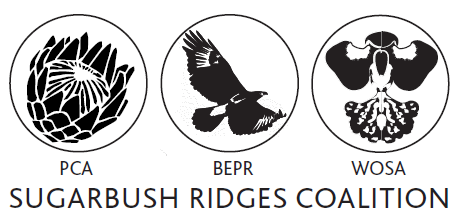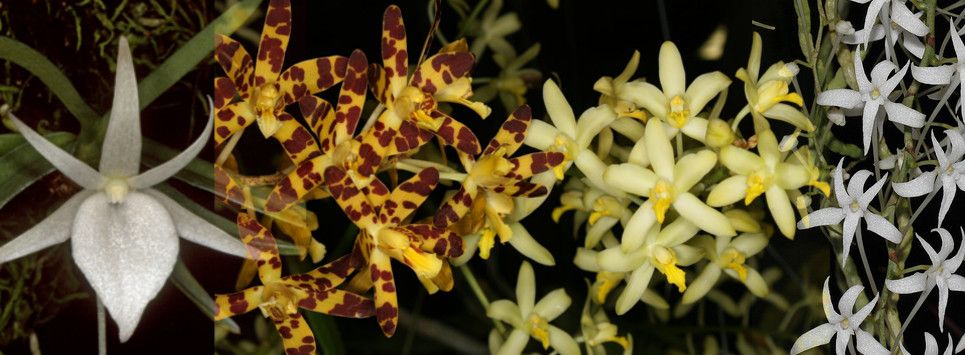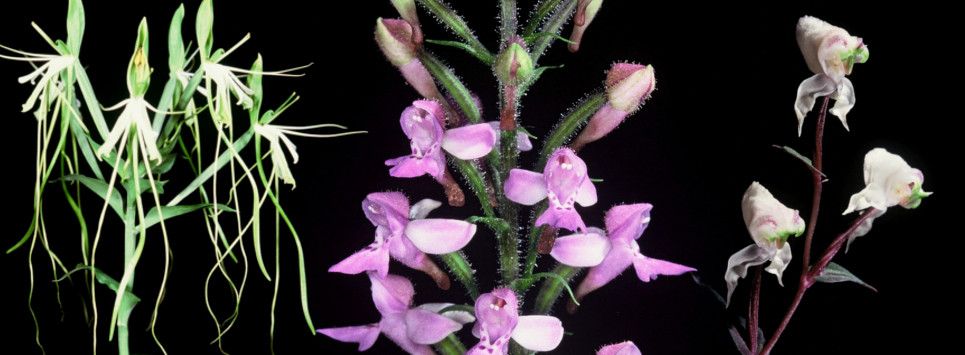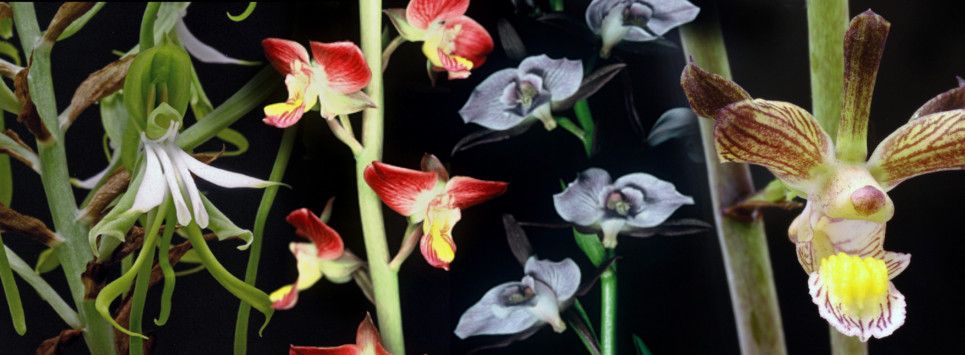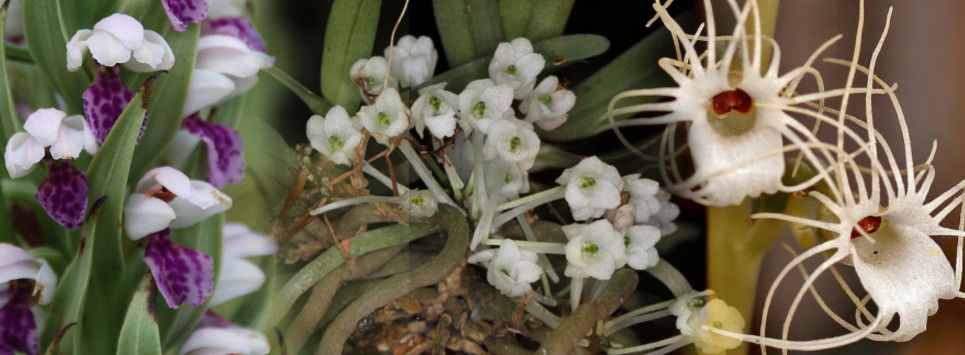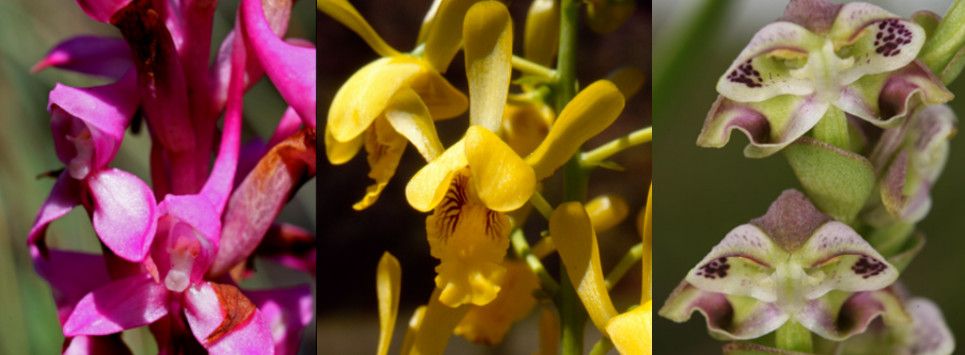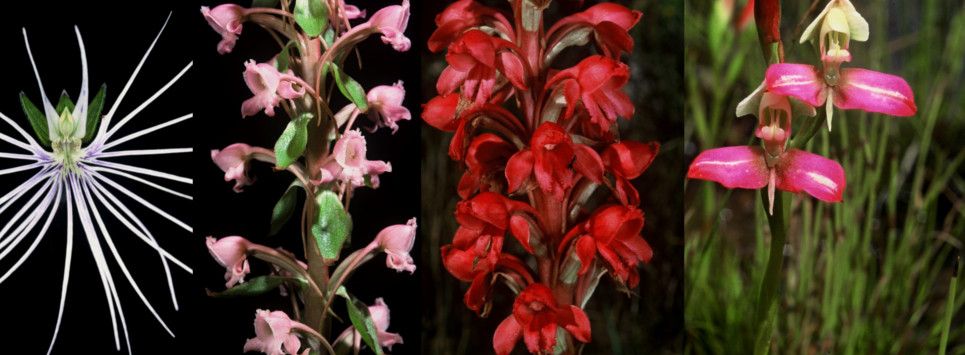
Welcome to WOSA
Very little is known about indigenous orchids by the public who are largely unaware that there are just under 500 species of which 45 are endemic (only occur in South Africa). Very little research has been carried out regarding ecology, conservation and propagation although a number of species have become extinct and habitat destruction is progressing at an alarming rate. Up until now there has been no attempt to address these issues on a National scale and Provincial legislation and cooperation is fragmented. Only through a focused National integrated effort that engages the public and all roll players will survival of orchids be assured.
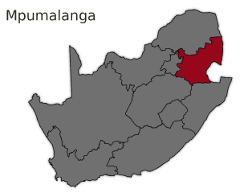 Orchids in Mpumalanga
Orchids in Mpumalanga
- Introduction
- Species List
- Species Flowering Months
- Red List Endangered
- Orange List Threatened
- Credits
Mpumalanga is famous for its numerous Game Reserves including the Kruger National Park. It is in the summer rainfall region with a great variety of habitat of grasslands, wetlands, mountains, river valleys, natural forests and woodlands. The escarpment with the inevitable mist is important for the survival of epiphytic orchids in the harsh African climate and often irregular rainfall and drought.
The natural habitat is shrinking at a rapid rate and this is putting pressure on our orchid resources.
WOSA was established at the World Orchid Conference in Sandton in 2014 and is leading a National Initiative to conserve and propagate indigenous orchids. In most cases our terrestrial orchids cannot be translocated successfully and we have embarked upon research projects, hopefully to overcome these hurdles.
We are fortunate that we have an excellent reserve, the Verloren Valei Nature Reserve, situated near Dullstroom. Over 56 species of terrestrial orchids have been identified growing in the reserve. As a WESSA (Wildlife and Environment Society of South Africa) initiative in 2014 the Friends of Verloren Valei (FVV) group was formed to assist management to turn this into a popular venue for Orchid enthusiasts from all over the country. The main flowering time is from December to March when a number of guided trips are held and visitors can see in excess of 20 species in a one day trip, which is easily accessed from Pretoria and Johannesburg.
This website clearly describes our modus operandi in mobilising support in establishing WOSA Chapters countrywide to conserve orchids in their natural habitats, and work towards creating reserves, protected areas and other safe havens in which to translocate plants.
Other Mpumalanga hotspots are Hazeyview, Barberton, Graskop, Pilgrims Rest, Sabie, the Longtom Pass, the Blyderiver Canyon, Nelspruit, the Songimvelo Nature Reserve, Piet Retief and Wakkerstroom.
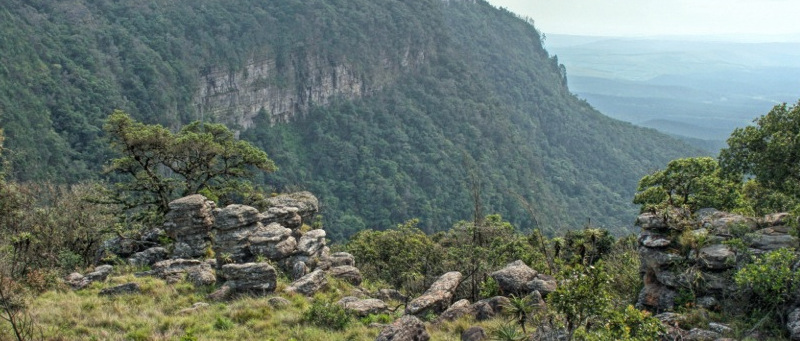
The orchids that occur in Mpumalanga are terrestrial deciduous orchids which means that they grow in a similar manner to bulbs - they are dormant during the dry, cold time of the year and only emerge from the ground when Spring arrives.
 Orchids in Western Cape
Orchids in Western Cape
- Introduction
- Species List
- Species Flowering Months
- Red List Endangered
- Orange List Threatened
- Credits
The Cape Floristic Region (CFR) is found in the Western Cape of South Africa and is famed for its high plant species richness (8 700 species) and its high endemicity. The CFR has also been named ‘the world’s hottest hotspot of biological diversity’. Amazingly, 70% of Cape floral species are found here and nowhere else on the planet, surpassing many tropical forest regions in floral diversity and richness.
The CFR is located at the southwestern corner of Africa, and is an L-shaped area averaging only 100 km in width. It extends about 500 km along the south coast of South Africa from Cape Town to Port Elizabeth, and an additional 250 km northward from Cape Town to the semi-arid Namaqualand. This region experiences a very wet and cold winter followed by a dry summer period, which can lead to drought.
To date, 241 native orchid species belonging to the Cape flora are recognised (with many more likely to be discovered). This is an unusually high number of species for a temperate region, considering the relatively small size of the area. These orchid species have not just merely eked out an existence in this region, but have thrived due to the unusual strategies they have evolved for survival in this harsh environment of ecological extremes. Of the 24 genera occurring in the Cape Floral Region, only 5 genera (8 species) are epiphytic with the majority being terrestrial (19 genera comprising 233 species). The most well-known and rich genera is that of the Disa which has 104 recognised species. Of the Disa genera the most famous species is Disa uniflora, an iconic red flower referred to as the Pride of Table Mountain. Its range is restricted to sandstone mountains, from the west of Hermanus to Table Mountain and northwards into the Cederberg. Disa uniflora thrives in seeps, waterfalls and streamlets in the mountains and has one of the most complex known orchid pollination systems, facilitated by the Mountain Pride Butterfly (Aeropetes tulbagia). Disa uniflora has also become a symbol used by the Mountain Club of South Africa, the Western Province Rugby Team and the Cape Orchid Society.

The Cape Floristic Region has suffered great losses to orchid habitat, particularly on the lowlands of the region, due to overly frequent burning of habitats, urbanisation, poor agricultural practices and infesting alien vegetation. The result is that many orchid species are now lost forever or threatened with extinction. Alarmingly, some three-quarters (1700 species) of all plants in the South African Red Data Book occur in the Cape Floristic Region.
For more information regarding the preservation of South Africa's wild Orchids or if you would like to get involved please email This email address is being protected from spambots. You need JavaScript enabled to view it. or complete this short form Contact Us and we will contact you.
